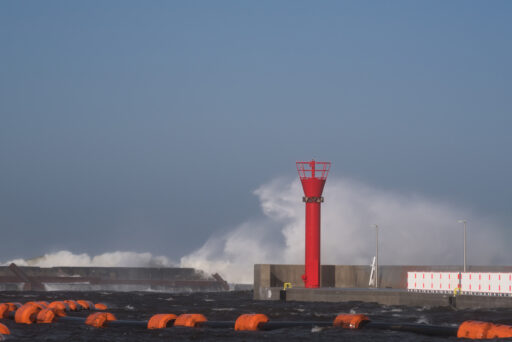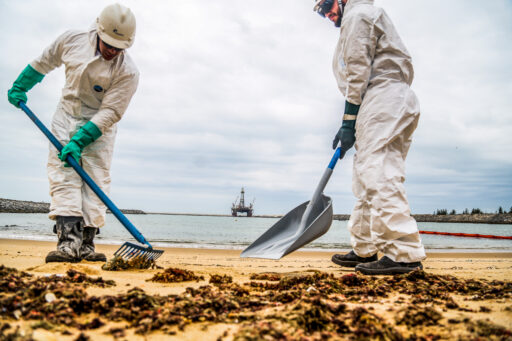IAPH Risk and Resilience Guidelines for ports – Risk Inventory Portal
IAPH Risk and Resilience Guidelines for ports – Risk Inventory Portal
This portal has been designed as a pragmatic, practical tool that can be applied by a port irrespective of size, technical characteristics or governance model.
The portal is based on the IAPH RISK AND RESILIENCE Guidelines for Ports, which has been created by port and associate IAPH members of the technical committee for Risk and Resilience for ports, harbors and terminals.

1. By accurately DEFINING AND INVENTORISING RISK (using Section 1 of the IAPH Risk and Resilience guidelines and IAPH Risk & Resilience Infographic 1), a port can evaluate its current capabilities and perform a gap analysis in terms of risk preparedness, prioritising the most likely events that could impact its operations
2. By correctly identifying and planning how to MANAGE STAKEHOLDERS (using Section 2 of the IAPH Risk and Resilience guidelines, the PESTEL MODEL in section 2.1. and IAPH Risk & Resilience Infographic 2), a port can evaluate its span of control and influence, consider internal factors that affect the context of the port, and assess risks on operational, economic and wider societal and regulatory perspectives
3. By defining resilience in its own context (using Section 3 of the IAPH Risk and Resilience guidelines and IAPH Risk & Resilience Infographic 3) a port can evaluate the different baseline elements of resilience required before, during and after an event for the policy domain, the economic domain and the operational domains illustrated in IAPH Risk & Resilience Infographic 2 for the risks inventorised in IAPH Risk & Resilience Infographic 1
While the outcome of this three-step exercise will never cover every eventuality that can happen to a port, the aim is provide a straightforward framework to establish the groundwork for an effective risk and resilience strategy that offers a focus for a port organisation, its constituents and stakeholders and the port’s ecosystem at large.
INVENTORISING RISK – CASE STUDIES BY PORTS FOR PORTS
Commencing with the launch of the guidelines document, IAPH will be collating case studies from its regular port and associate members in order to build up an inventory portal to help and supports prepare better for specific eventualities. A number of case studies are in development and will be summarised in two- page PDF file spreads for ease of use and dissemination. Our thanks go to the Port of Los Angeles and the Port of Açu for providing the first case studies.
ENVIRONMENTAL FACTORS
HYDROLOGICAL HAZARDS (Floods)

The effect of floods on ports and their significance + case study by Port of Los Angeles on sea level rise. Download broadsheet here
TECHNOLOGICAL FACTORS (Accidents)

Oil spill incident management and case study by the Port of Açu on preparedness and spill prevention. Download broadsheet here
Download the IAPH Risk and Resilience Guidelines for Ports HERE